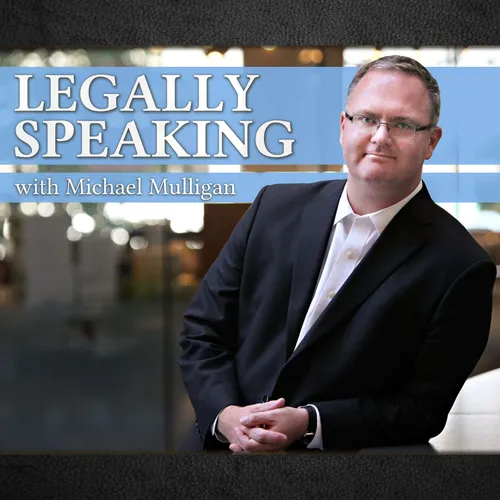Trespass damages, Caveat Emptor for a house purchase and Charter breach = reduced sentence
- Author
- Michael Mulligan
- Published
- Thu 25 Aug 2022
- Episode Link
- None
This week on Legally Speaking with Michael Mulligan:
When someone trespasses on property by building or installing something on it without permission, damages can be awarded. The amount of such an award will depend on the circumstances:
a)nominal damages if the owner had not proven any actual loss
b)actual damages suffered by the owner; or
c)damages equal to a sum that should reasonably be paid by the trespasser for the use of the land.
In the appeal discussed on the show, a neighbour was building a new home and excavated all the way up to their property line to build a basement. The property line and excavation were very close to the adjacent house, necessitating a fence being installed to prevent people from accidentally falling into the hole.
Because the excavation was right to the property line, the fence constituted a trespass onto the adjacent property. It was in place for several months and prevented the neighbours from accessing their backyard from the outside.
While a trial judge had awarded $15,000 for the trespass, this was reduced on appeal to $1,000. The small area of land occupied by the fence had no commercial rental value and the neighbour had already been compensated for the nuisance caused, some flowers that died because they couldn’t be watered and damage to a retaining wall.
Often nominal damages for trespass of this kind will only be $1, but $1,000 was permitted by the judge on appeal.
Also, on the show, the doctrine of Caveat Emptor is applied to a claim based on alleged problems with a house.
The judge deciding the case referred to a law professor’s description of the doctrine: Absent fraud, mistake, or representation, a purchase takes existing property as he finds it, whether it be dilapidated, bug-infested or otherwise uninhabitable or deficient in expected amenities unless he protects himself by contract terms.
While real-estate contracts often include a property disclosure statement, these only reference problems known to sellers and don’t result in a general warranty with respect to the quality of a property.
The plaintiff in the case was described by the judge as a sophisticated real estate investor and a professional engineer who operated a consulting firm specializing in construction defects. His evidence was found by the judge to be unbelievable. This conclusion was, in part, based on the judge’s finding that his claim that the home sellers improperly removed a washer and dryer and replaced them with mould-infested appliances was undermined by photographs taken after the sale was completed depicting the washer and dryer still in place.
Finally, on the show, a case involving the remedy for a finding that police improperly searched a person’s wallet, locating some drugs.
In Canada, when police are found to have breached someone’s constitutional right to be free from unreasonable search or seizure, a judge then needs to determine what the remedy should be.
If a judge concludes that permitting the Crown to use evidence obtained in an unconstitutional way would bring the administration of justice into disrepute, they can exclude the evidence from consideration in a trial.
There is also authority for a judge to grant “such remedy as the court considers appropriate and just in the circumstances.”
In the case discussed, the accused pleaded guilty after the judge declined to exclude the evidence of the drugs located in the wallet. The judge did, however, take the Charter breach into consideration on sentencing and imposed a conditional discharge rather than a seven-day jail sentence the Crown asked for.
Follow this link for links to the cases discussed.
